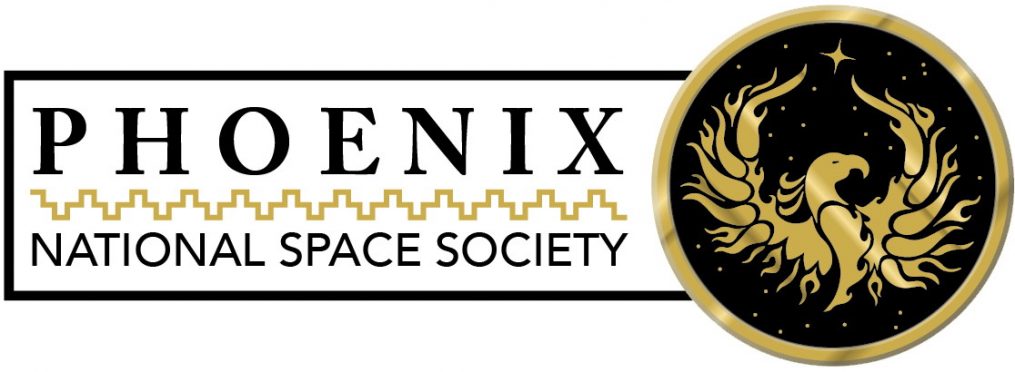|
Michael Mackowski, a member of the Phoenix chapter of the National Space Society, has given us another interesting essay:
Your Very Own Personal Space Program
There are many ways folks express their interest in the space program. Some space enthusiasts read everything they can find and often have a large book collection. Some people accumulate souvenirs and autographs. Photos, patches, and pins are popular collectibles. Scale models can be another way to bring the space program to life in your home or office.
I have been inspired by space exploration since I was a youngster. Prior to finishing school and entering a career in aerospace engineering, my participation in the space program was limited to building scale models of the vehicles that were leaving the planet. Actually, I have never stopped building models of spacecraft, even while I build them for a living as an engineer. Like engineering, I find that modeling is just another expression of one’s creativity.
Over the years I have been participating in a network of other hobbyists with similar interests. What I have found is that many of these people, while being hobbyists and craftsmen in terms of their model building, are also passionate about space. My situation is a bit unique in that space is both my hobby and career. Most people who are passionate about space have other, usually non-technical careers. So one way they can feel closer to space exploration is by building small replicas of the hardware that makes it possible.
Certainly this sort of passion is the root of many hobbies. Military history buffs build models of tanks and fighter jets. Auto racing enthusiasts build race car models. Would be sailors rig up miniature ships and sailboats. People collect or paint miniature horses because they cannot afford to own a real horse. Airplane fans who cannot afford lessons or a plane can have a shelf full of models. Frustrated astronaut candidates build Apollo lunar modules and space shuttles. It’s not the same, but for many people it may be as close as you will get. It’s your own personal space program.
Enthusiasts want a piece of the space program they can see up close, hold in their hand, and relate to three dimensionally. Books and videos and internet sites are flat and virtual. A model is real and fills space. And you built it yourself. That’s why model building is more fulfilling than just collecting or buying pre-built souvenir models. You are now a rocket scientist, only scaled down, and with simpler technology. You have combined art with technology. You feel more a part of the movement, a part of the collective that is moving out to space. Through model building, you are more than an observer. You have made a statement, that by building this miniature monument to space exploration, you are supporting it, and proclaiming it to whomever enters your hobby room or office or wherever you chose to display your work.
If you can’t be an astronaut or be an engineer in the space industry, you can have your own little private miniature space program, and thus pay homage to whatever past or future off-planet venture that inspires you.
In that way, maybe it will inspire someone else, and the movement grows by one more.
|












You must be logged in to post a comment.